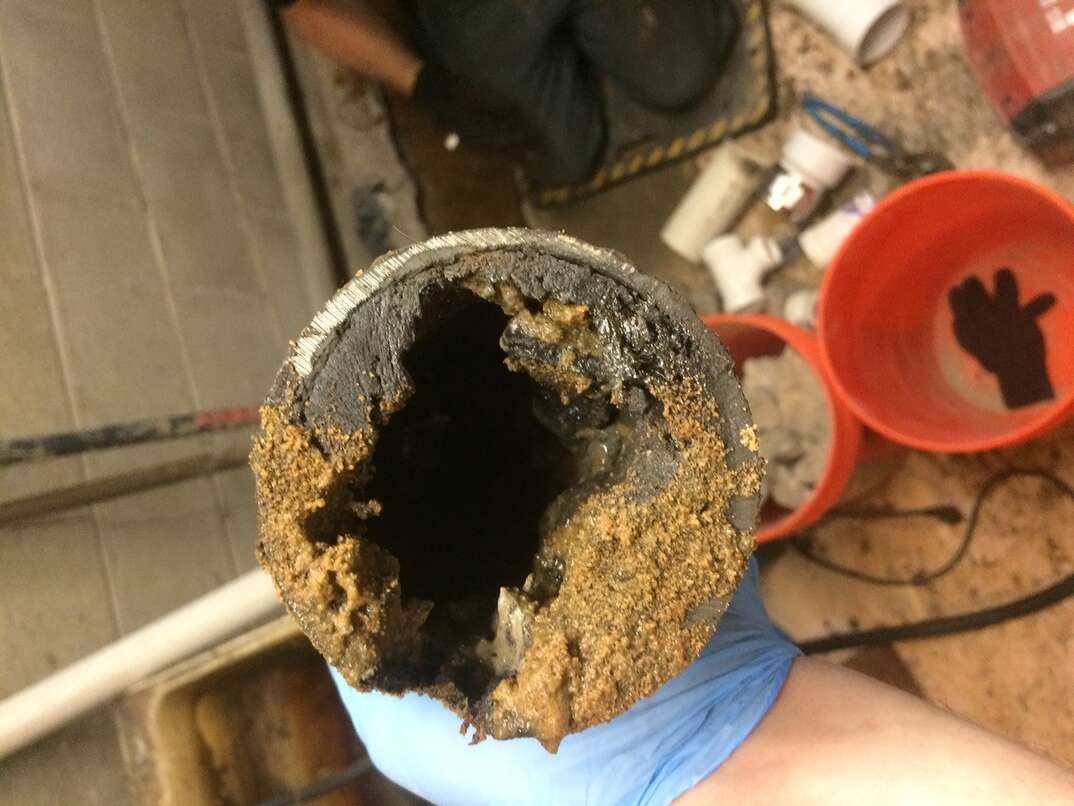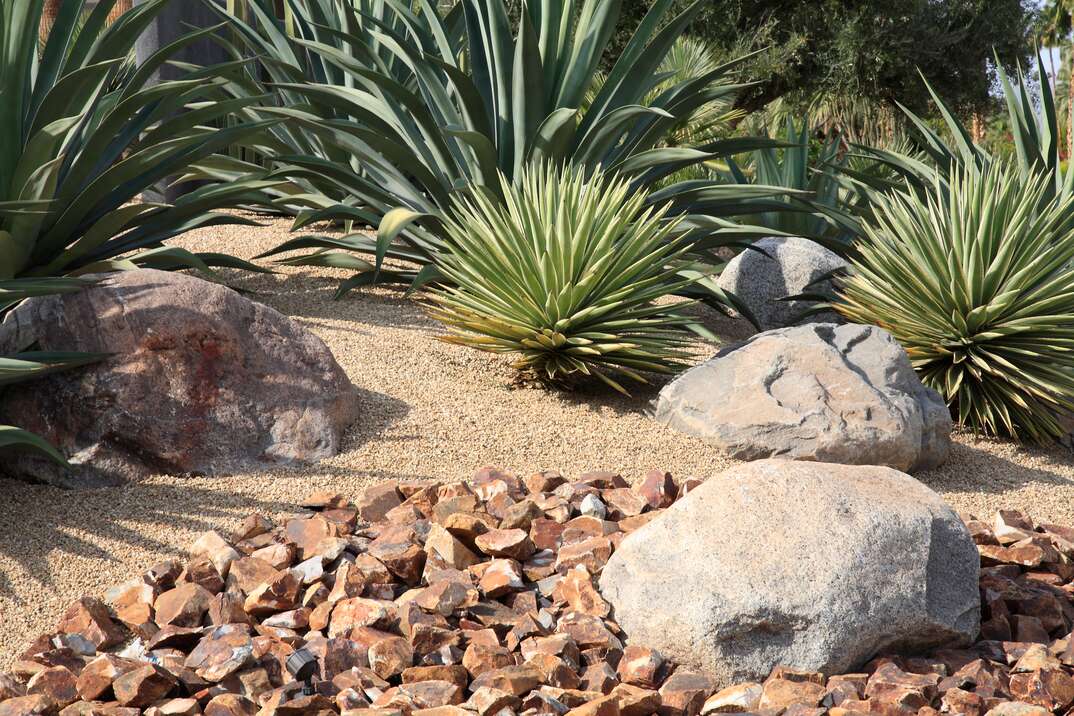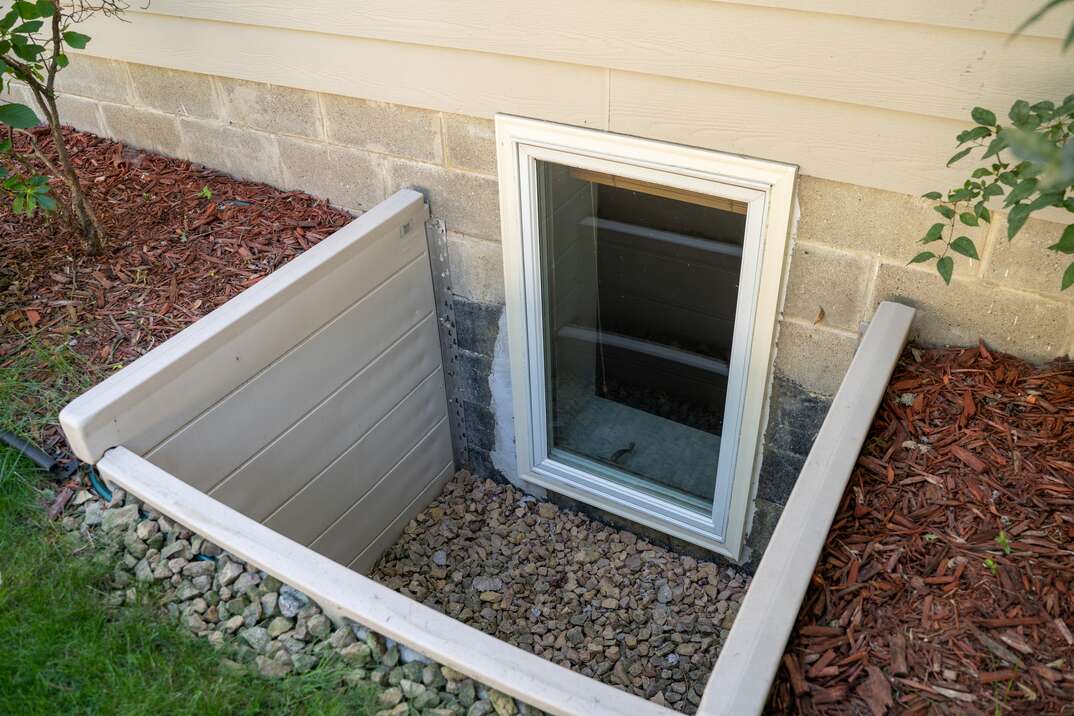Basic Lawn care and maintenance tips
.jpg)
Mowing the lawn as an adult is different from doing that particular chore as a teenager. Back then it felt like the most boring thing I was asked to do by my parents. Nowadays, it's kind of peaceful.
[1]:
[2]: /en-us/assets/images/blog/HomeServe-CTAsAvailablePlan.jpg
[3]: /en-us/assets/images/blog/HomeServe-CTAsViewPlan.jpg
[![HomeServeAvailablePlan][2]][1]
With autumn on the way, there's not much time left on the calendar to get your lawn maintenance in before the cooler weather. Let's review some key lawn maintenance guidelines for this transitional time:
Testing the properties of your soil
Since the soil is responsible for everything green and vibrant about your lawn, it makes sense to treat it with utmost care. The experts at Planet Natural's Research Center recommend using a trowel to make sure the top two or three inches of ground feel almost dry before watering.
- If it's moist or downright wet, hold off on hosing it down for a while.
- Once it's dry, alternate between watering and testing the soil until it feels wet going down up to six inches.
- Using this method helps boost the health of your lawn by causing the roots to grow deeper.
Good mowing principles
Watering is the flip side is mowing - you don't want the grass blades shooting up to crazy tall proportions. (Hedge maze, anybody?) DIY Network offers crucial best practices for effective mowing:
- Mowing works best when the grass is dry - so while you can do it before watering, don't do it afterward.
- Lower the mower blades' height to be appropriate for late summer/early fall (as opposed to spring, when you want higher blades to let grass grow taller and fight off weeds).
- That said, be wary of cutting the grass far too short - what DIY Network calls "scalping." A "scalped" lawn is vulnerable to encroachment from weeds and even certain blights, due to how much it exposes the soil.
Learn More About Home Repair Plans Near You
Dr. Greenthumb's lawn doctoring
Good lawn care is about striking balances - between wet and dry, short and tall, etc. You also need to find the happy medium between allowing growth and preventing weed incursions.
According to Planet Natural, adding a half-inch of compost to the soil on a regular basis is great for its health. But you also have to periodically treat it with weed killer. If you're worried about infusing the lawn with chemicals, don't panic - there are plenty of organic herbicides out there that use either weed-eliminating bacteria or other natural substances.
DIY lawn upkeep is important. So is being prepared for an unexpected home repairs. See how plans from HomeServe can help with the cost of covered repairs.
[![HomeServeViewPlan][3]][1]


